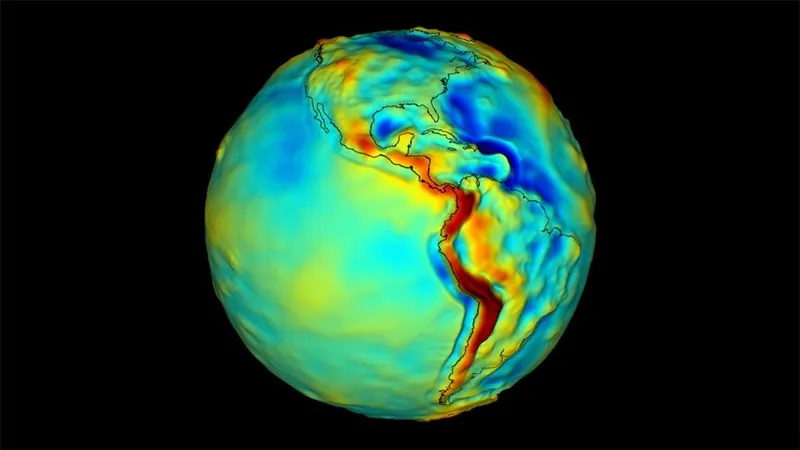
NASA Set to Launch First Quantum Sensor for Gravity Measurements
2025-04-16
Author: Benjamin
Groundbreaking Quantum Technology on the Horizon
NASA is making waves with its ambitious plans to develop the first space-based quantum sensor designed specifically for measuring gravity. Collaborating with private companies and academic institutions, this initiative promises to revolutionize our understanding of Earth's gravitational dynamics and beyond.
Why Measure Gravity?
Earth's gravitational field is anything but static: it fluctuates daily as geological processes alter the distribution of mass across the planet's surface. While humans may not perceive these subtle changes, scientists can utilize advanced gravity gradiometers to map minute variations and link them to critical underground features, such as aquifers and mineral deposits. These gravity maps play a vital role in navigation, resource management, and bolstering national security.
Introducing the Quantum Gravity Gradiometer Pathfinder (QGGPf)!
Imagine being able to measure the mass of the Himalayas using atoms! That’s precisely what Jason Hyon, chief technologist for Earth Science at NASA’s Jet Propulsion Laboratory (JPL), envisions with their cutting-edge Quantum Gravity Gradiometer Pathfinder (QGGPf). This revolutionary instrument will use ultra-cold rubidium atoms, which behave like waves, as its test masses to detect gravitational anomalies.
How It Works: A New Era of Measurement
Gravity gradiometers determine how quickly objects fall in different locations, connecting those variations to gravitational strength. Unlike conventional sensors, QGGPf's compact design—approximately 0.3 cubic yards and only 275 pounds—makes it feasible for deployment aboard a single spacecraft. This compactness and the use of atomic clouds ensures that measurements remain accurate, reducing the impact of environmental factors.
A Leap in Sensitivity
Excitingly, quantum sensors like QGGPf are estimated to be up to ten times more sensitive than traditional gravity measurement devices. This mission, scheduled for launch at the decade's end, aims to validate groundbreaking technologies that manipulate light-matter interactions at the atomic level, leading to advancements not only in measuring gravity but also in the broader field of quantum technology.
Forging New Paths in Planetary Science
JPL’s collaborative approach involves partnerships with innovative companies like AOSense and Vector Atomic, enhancing the sensor technology and laser optical systems. The implications of this mission extend beyond our planet; the advancements in technology could transform our understanding of distant worlds and the fundamental physics that govern the cosmos.
The Future is Bright for Quantum Precision!
Ben Stray, a postdoctoral researcher at JPL, emphasizes the pioneering nature of this mission, stating, 'No one has tried to fly one of these instruments yet. We need to see how well it operates to advance both the quantum gravity gradiometer and quantum technology as a whole.' With these groundbreaking developments, the QGGPf instrument is set to unlock new frontiers in planetary science and redefine our grasp of gravity's role in the universe.
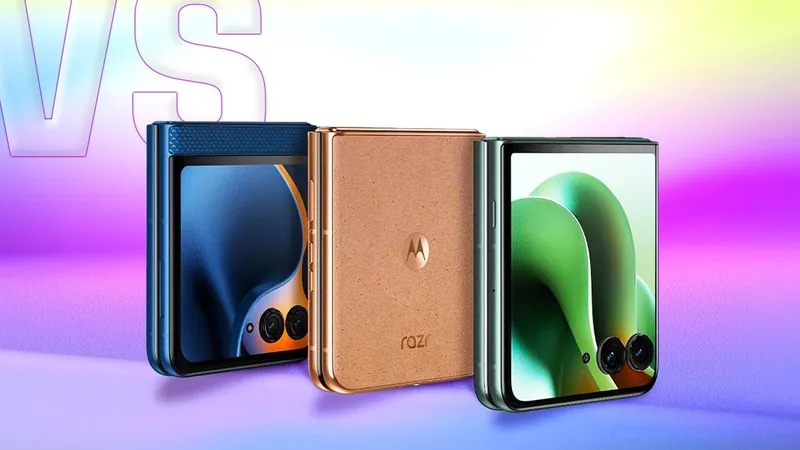

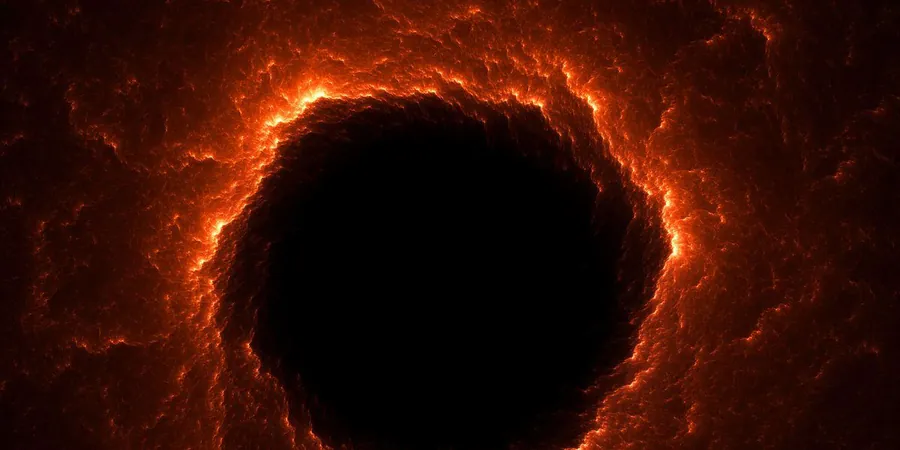

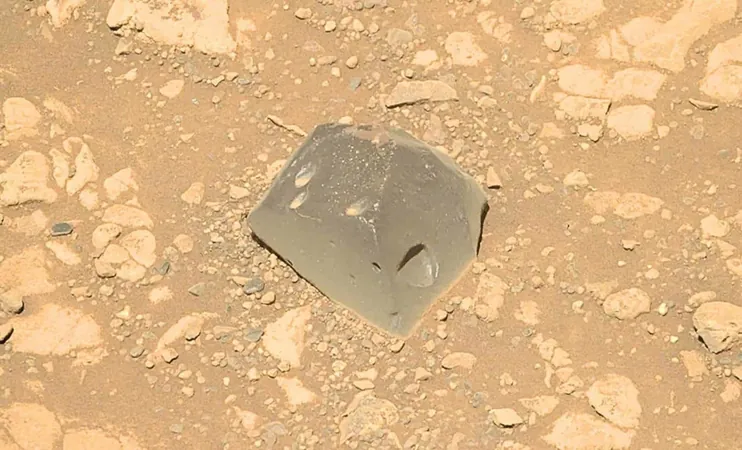


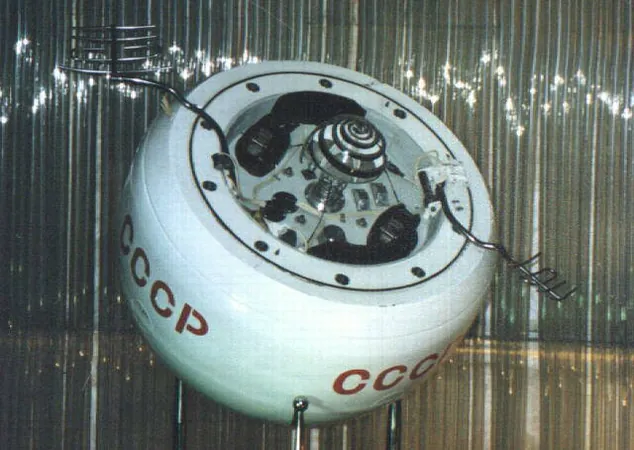

 Brasil (PT)
Brasil (PT)
 Canada (EN)
Canada (EN)
 Chile (ES)
Chile (ES)
 Česko (CS)
Česko (CS)
 대한민국 (KO)
대한민국 (KO)
 España (ES)
España (ES)
 France (FR)
France (FR)
 Hong Kong (EN)
Hong Kong (EN)
 Italia (IT)
Italia (IT)
 日本 (JA)
日本 (JA)
 Magyarország (HU)
Magyarország (HU)
 Norge (NO)
Norge (NO)
 Polska (PL)
Polska (PL)
 Schweiz (DE)
Schweiz (DE)
 Singapore (EN)
Singapore (EN)
 Sverige (SV)
Sverige (SV)
 Suomi (FI)
Suomi (FI)
 Türkiye (TR)
Türkiye (TR)
 الإمارات العربية المتحدة (AR)
الإمارات العربية المتحدة (AR)